'A World of Disorderly Notions'
By Dr Esther Gómez-Sierra
The treasure trove that is The Portico Library holds a number of surprises for those interested in Don Quixote and its author, Miguel de Cervantes. The Library plays an intriguing part in the literary transmission of what has been considered the first and ultimate modern novel.
Frontispiece illustration from The cabinet cyclopaedia / Biography: eminent literary and scientific men of Italy, Spain, and Portugal, Dionysius Lardner, 1835.
Portrait of Miguel de Cervantes, painted, according to the prologue to Cervantes' Exemplary Novels, by Juan de Jáuregui c. 1600. Contemporary scholarship does not accept this or any other representation of Cervantes to be authentic; nor is there any evidence for Jáuregui having painted this portrait.
Numerous authors have been entranced by the mock-chivalric adventures of Don Quixote’s fictional hero and the real-life exploits of its heroic author.
Laurence Sterne’s The Life and Opinions of Tristram Shandy understood Cervantes’s literary innovations and upped the ante with prophetically Monty-Pythonesque absurdism. Henry Fielding admired the novel so much that he wrote Don Quixote in England – a political comedy which expanded the story to include an array of English characters.
While Dyonisius Lardner – the then-phenomenally famous scientist and compiler – dedicated considerable space in his Cabinet Cyclopedia to the facts of Cervantes’s life, the passionate and shrewd ‘Mrs Oliphant’—Margaret Oliphant, a real-life Jo March—plunged with gusto into this author’s psyche with her Cervantes biography.
The Life and Opinions of Tristram Shandy, Laurence Sterne, 1759.
All these books can be read at The Portico, some uniquely: for instance, the volume of Lardner’s Cyclopedia. Various editions of the novel itself are also available; interestingly, what even the Spanish Inquisition had found acceptable was changed at times in the later English translations. Some of these copies include beautiful illustrations by Gustave Doré and Ernest Marriott.
Don Quixote, Miguel de Cervantes, illustrated by Ernest Marriott, 1908.
Gustave Doré's depiction of Merlin's midnight procession, from the 1863 Paris Hachette edition.
The 1863 Paris Hachette edition of Don Quixote, illustrated by Gustave Doré.
Gustave Doré's depiction of Don Quixote amid his fantasies of chivalric romance, the frontispiece to the 1863 Paris Hachette edition.
It is a privilege to be able to dive into this treasure and explore its readership at The Portico. The Strangers Book, now rebound thanks to The Portico’s Adopt-a-Book restoration scheme, might throw some further light into this matter. The available borrowing records point to a reading public interested in Spanish culture, and sometimes past readers have left us tangible traces: a chapter entitled ‘The Cradle and the Grave of Cervantes’ in John Hay’s Castilian Days appears to be the most read in the book.
Dr Esther Gómez-Sierra is a Late Medievalist and Early Modern Specialist, working at the University of Manchester until 2019. She is a researcher at The Portico Library.








